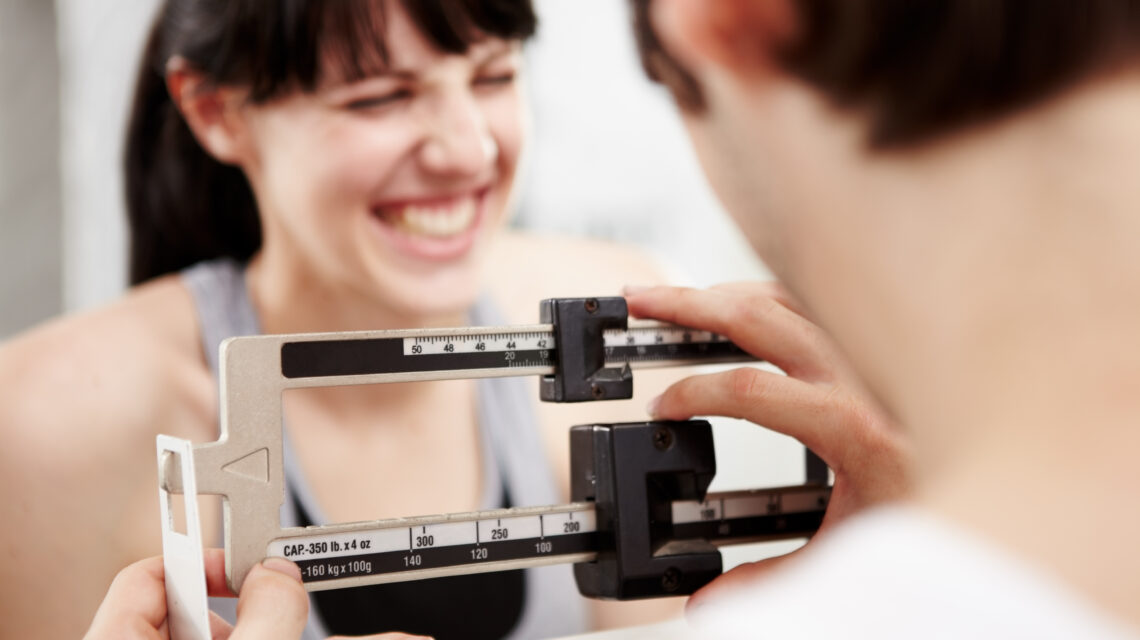When it comes to weight loss, the process of breaking down fat is a topic of immense interest and study. Understanding how our bodies liberate and utilize fat can empower us with strategies to enhance our fitness and health goals. Remarkably, activities as simple as shivering and fidgeting play a crucial role in this process, which unfolds in two primary steps: the liberation of fat from cells and its subsequent oxidation.
Step 1: Liberation of Fat from the Fat Cell
The journey of fat loss begins in the fat cells, also known as adipocytes, where fat is stored in the form of triglycerides. These triglycerides are essentially the body’s way of stockpiling energy for future use. However, before this stored energy can be utilized, it needs to be released into the bloodstream—a process initiated by hormonal signals, particularly in response to a calorie deficit or increased energy demands.
Shivering and fidgeting emerge as surprisingly effective triggers for this fat liberation. When we shiver from cold, our bodies seek additional energy to generate warmth, prompting the release of adrenaline. This hormone activates lipase, an enzyme that breaks down triglycerides into free fatty acids and glycerol, which then enter the bloodstream. Similarly, fidgeting, or any form of non-exercise activity thermogenesis (NEAT), increases the body’s energy expenditure, subtly signaling the need for more fuel and kickstarting the fat liberation process.
Step 2: Oxidation of Free Fatty Acids
Once free, fatty acids journey through the bloodstream to tissues requiring energy, such as muscles during exercise. Here, they undergo oxidation—a process that transforms them into usable energy. This step is crucial; merely liberating fat from cells doesn’t equate to fat loss. For weight loss to occur, these freed fatty acids must be oxidized.
Oxygen plays a pivotal role in this phase, combining with the free fatty acids in a series of reactions that produce carbon dioxide, water, and, most importantly, adenosine triphosphate (ATP), the energy currency of the cell. This is why aerobic exercises, which increase the body’s oxygen uptake, are so effective in burning fat.
The Unique Role of Shivering and Fidgeting
What sets shivering and fidgeting apart in the fat loss process is their ability to initiate fat liberation efficiently. Shivering, in particular, can increase one’s basal metabolic rate significantly, accelerating the demand for energy and, consequently, the breakdown of fat. Fidgeting, while less intense, contributes to a higher overall daily energy expenditure, subtly enhancing the fat liberation process over time.
Moreover, these activities underscore the body’s adaptability in energy utilization—demonstrating that even in the absence of traditional exercise, our bodies can find ways to tap into stored fat reserves. This insight is especially encouraging for those seeking to optimize their fat loss strategies beyond structured workouts.
Enhancing Fat Loss Beyond the Basics
While the primary steps of fat loss—liberation from the cell and oxidation—are fundamental, there are strategies beyond shivering and fidgeting that can further optimize this process. Understanding the synergy between various lifestyle factors can lead to more effective and sustainable fat loss results.
The Role of Nutrition in Fat Oxidation
Nutrition plays a pivotal role in facilitating the fat loss process. Consuming a balanced diet rich in micronutrients and antioxidants can enhance the body’s metabolic pathways, including those involved in fat oxidation. Specifically, a diet with an adequate intake of proteins can increase the thermic effect of food, which is the energy required for digestion, absorption, and disposal of ingested nutrients. Moreover, healthy fats, such as omega-3 fatty acids found in fish and flaxseeds, can improve insulin sensitivity, further facilitating the liberation of fat from cells.
The Impact of Hydration on Metabolism
Hydration is another critical, yet often overlooked, component of fat metabolism. Water is essential for numerous metabolic processes, including lipolysis, the initial step in fat breakdown. Additionally, staying hydrated can enhance performance during aerobic activities, allowing for more prolonged and intense exercise sessions, which directly contribute to increased fat oxidation.
Exercise: A Dual Approach
While shivering and fidgeting underscore the body’s ability to initiate fat breakdown through non-traditional means, structured exercise remains a cornerstone of effective fat loss. Combining resistance training with aerobic exercise offers a dual approach: resistance training builds muscle, which increases basal metabolic rate, leading to more calories burned at rest, while aerobic exercise directly contributes to fat oxidation during activity. High-intensity interval training (HIIT) can be particularly effective, as it combines periods of high-intensity effort with recovery, repeatedly stimulating the fat liberation and oxidation processes.
The Influence of Sleep and Stress Management
Finally, sleep and stress management are essential components of a holistic fat loss strategy. Poor sleep and high stress levels can lead to hormonal imbalances that hinder the fat liberation process. For instance, cortisol, a stress hormone, can increase fat storage, particularly in the abdominal area. Ensuring adequate rest and implementing stress-reduction techniques such as meditation, yoga, or even leisurely walks can help maintain hormonal balance, supporting the body’s fat breakdown and oxidation processes.
Embracing a Holistic Approach to Fat Loss
Understanding the two-step process of fat breakdown highlights the importance of a holistic approach to weight loss. While diet and traditional exercise are foundational, incorporating simple activities like shivering (by exposing oneself to cooler temperatures) and fidgeting can complement these efforts, leveraging the body’s natural mechanisms for fat liberation and oxidation.
In conclusion, the journey of a fat molecule from a cell to being burned as energy is a complex yet fascinating process, influenced by various factors, including the seemingly inconsequential actions of shivering and fidgeting. By embracing these insights, we can adopt more nuanced and effective strategies for health and weight management, appreciating the subtle yet powerful ways our bodies work to maintain balance and health.




 Better Than Benzodiazepines? Discover the Song Scientifically Proven to Reduce Anxiety Without Drugs!
Better Than Benzodiazepines? Discover the Song Scientifically Proven to Reduce Anxiety Without Drugs!  Boosting Brain Power: Enhancing the Striatum for Improved Movement, Decision-Making, and Habit Formation
Boosting Brain Power: Enhancing the Striatum for Improved Movement, Decision-Making, and Habit Formation  At-Home Neuroscience Treatments for Skin Disorders: A New Era of Care
At-Home Neuroscience Treatments for Skin Disorders: A New Era of Care  Breaking The Vicious Loop: End Guilt Fed Fat Storage
Breaking The Vicious Loop: End Guilt Fed Fat Storage 